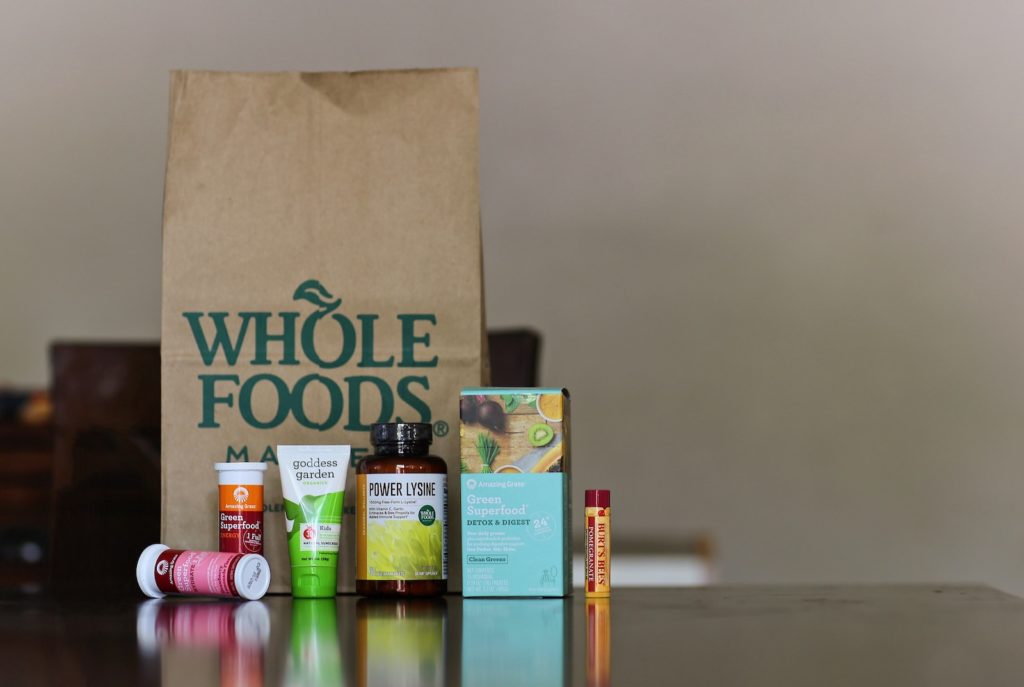
In the ever-evolving world of food, Whole Foods stands as a pioneer in the organic food movement. From its humble beginnings as a handful of health stores, it has grown into a global chain that revolutionized the way we view organic products. This article delves into the story behind Whole Foods, its impact on the organic food industry, and the challenges it faces in today’s world.
Whole Foods’ Origins: A Hippie’s Dream
In the 1980s, Whole Foods was born as a unique grocery store with a mission – to offer high-quality, organic, and fresh products to customers. Unlike traditional grocery stores, they aimed to create a one-stop-shop for health-conscious consumers. Despite their higher prices, people valued the quality guarantee and willingly paid more for the assurance of safer, chemical-free food.

Organic Goes Mainstream: Success and Challenges
With time, Whole Foods 365 gained success and inspired others to follow suit. As demand for organic products skyrocketed, even big corporations like Frito Lays jumped on board, introducing organic versions of their popular snacks. This shift brought organic food into the mainstream, making it accessible to almost everyone. However, this newfound popularity came with its own set of challenges.
The Organic Certification Conundrum
The organic movement’s original vision was more than just a label – it was a social movement advocating for sustainable, local, and decentralized food systems. Sadly, as the movement grew, the organic certification system simplified the efforts to fit the demands of large businesses. Consequently, major corporations started dominating the organic market, sometimes diluting the true essence of the organic movement.
The Struggle of Small Farms
While big businesses find ways to adapt to the organic certification, small farms face significant barriers to becoming certified organic. The cost and revenue loss during the organic transition are often too high for them to bridge, limiting their access to the organic market.
Hope for the Future
Despite the challenges, the organic food you find in grocery stores is still a better option compared to non-organic alternatives. The certification helps prevent the use of harmful chemicals, creating a more sustainable and future-proof food system. While Whole Foods still plays a role in sourcing local produce and promoting eco-friendly practices, there are concerns about its direction under Amazon’s ownership.
Supporting Local Food Systems
To truly make a difference, consumers can turn to local farmers’ markets, CSA farm programs, and locally-owned grocery stores. Supporting these outlets not only benefits the community but also fosters a more sustainable and mindful food system.
Conclusion:
Whole Foods’ journey from a small hippie store to a global organic food chain has undeniably influenced the way we perceive and consume organic products. While its success has brought organic food into the mainstream, it has also faced challenges in maintaining the true essence of the organic movement. As we navigate the future of organic food, it is essential to support local food systems and stay conscious of the choices we make as consumers. By doing so, we can contribute to a more sustainable and healthier food landscape for generations to come.
Key Takeaways
- Whole Foods, a pioneer in the organic food movement, started as a small grocery store with a mission to bring quality, organic, and fresh products to customers.
- The success of Whole Foods led to the mainstream popularity of organic food, with even major corporations introducing organic versions of their products.
- The organic certification system, while beneficial in preventing harmful chemicals, has also been criticized for diluting the original vision of the organic movement and catering to big businesses.
- To support a more sustainable food system, consumers can choose to shop at local farmers’ markets, CSA farm programs, and locally-owned grocery stores, fostering a sense of community and environmental responsibility.
